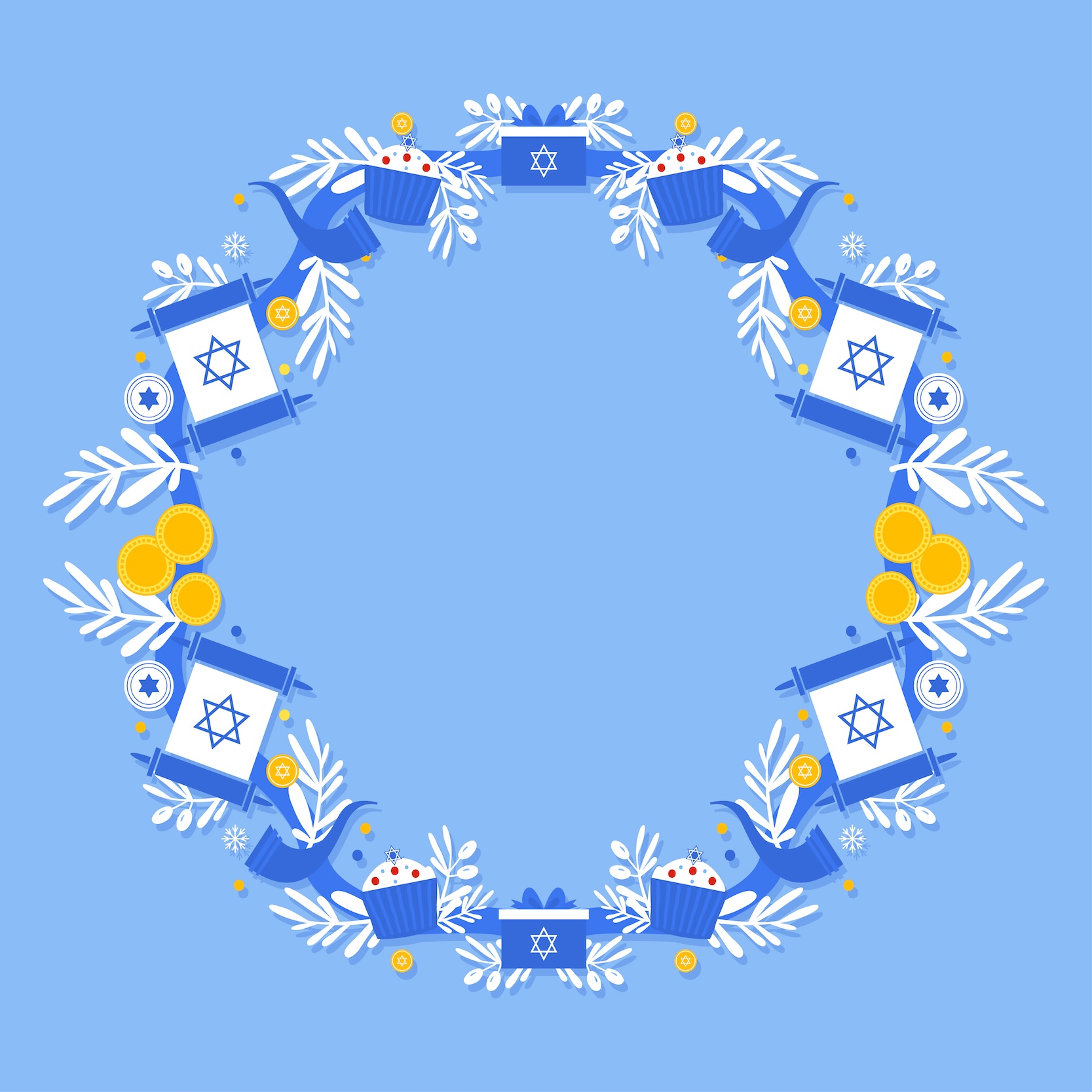Tisha B'Av
A day of mourning marking the destruction of the First Temple destroyed in 586 BCE by Nebuchadnezzar, king of Babylon; and the destruction of the Second Temple, destroyed in 70 CE by Titus, emperor of Rome. This date also marks the beginning of the expulsion of the Jews from Spain in 1492, by order of the Spanish monarchy. All these have turned this day into the main day of mourning among the other days of mourning on the Jewish calendar. There are three more days of mourning associated with the destruction of the First and Second Temples, but Tisha B’Av is the most important of all.
The three weeks preceding Tisha B’Av are a period known as Bein ha-Metsarim - a mourning period that starts on the 17th of Tammuz, the day the walls of Jerusalem were breached prior to the destruction of the Second Temple (it, too is a day of fast). Various mourning practices are observed during this period: there are no weddings and religious Jews do not cut their hair or listen to music.
Tisha B’Av is a fast day like Yom Kippur (the Day of Atonement), lasting from sunset on the eve of the 9th of Av until sunset the following day. The day of fast includes many other prohibitions on physical pleasures.
.jpg?resize=400x0)



